
Drawing Anthropocene
Vol. 17 No. 1 (2024)
11 March 2024

11 March 2024
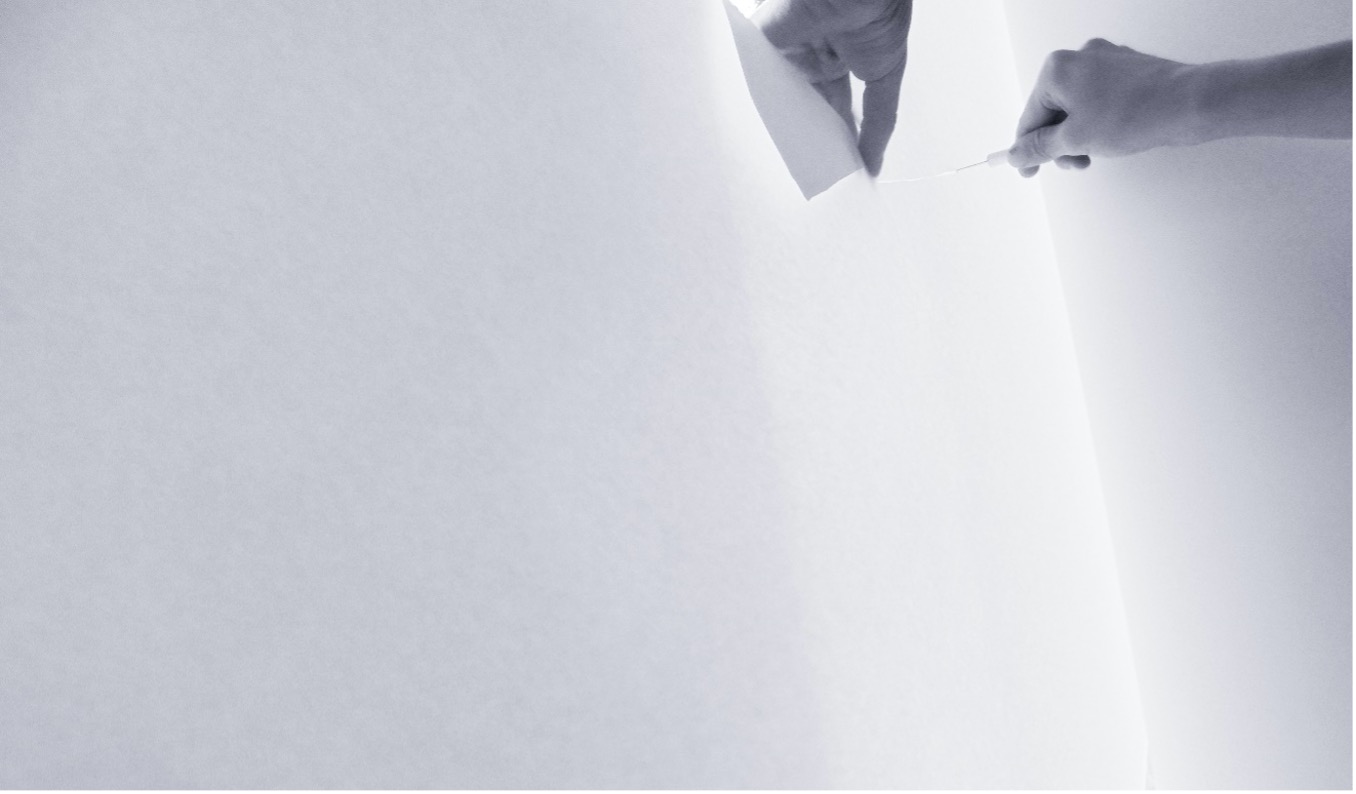
26 April 2022
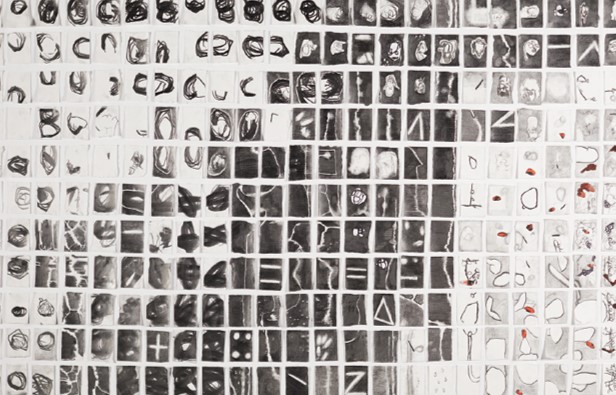
13 December 2021
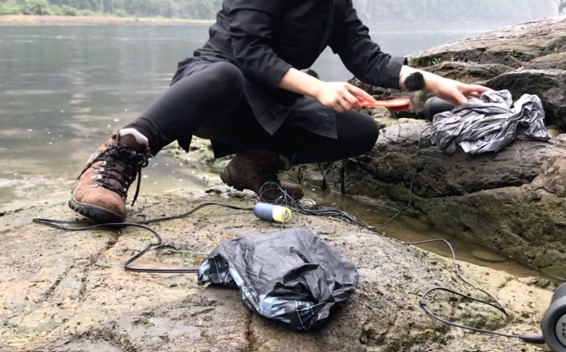
1 November 2021
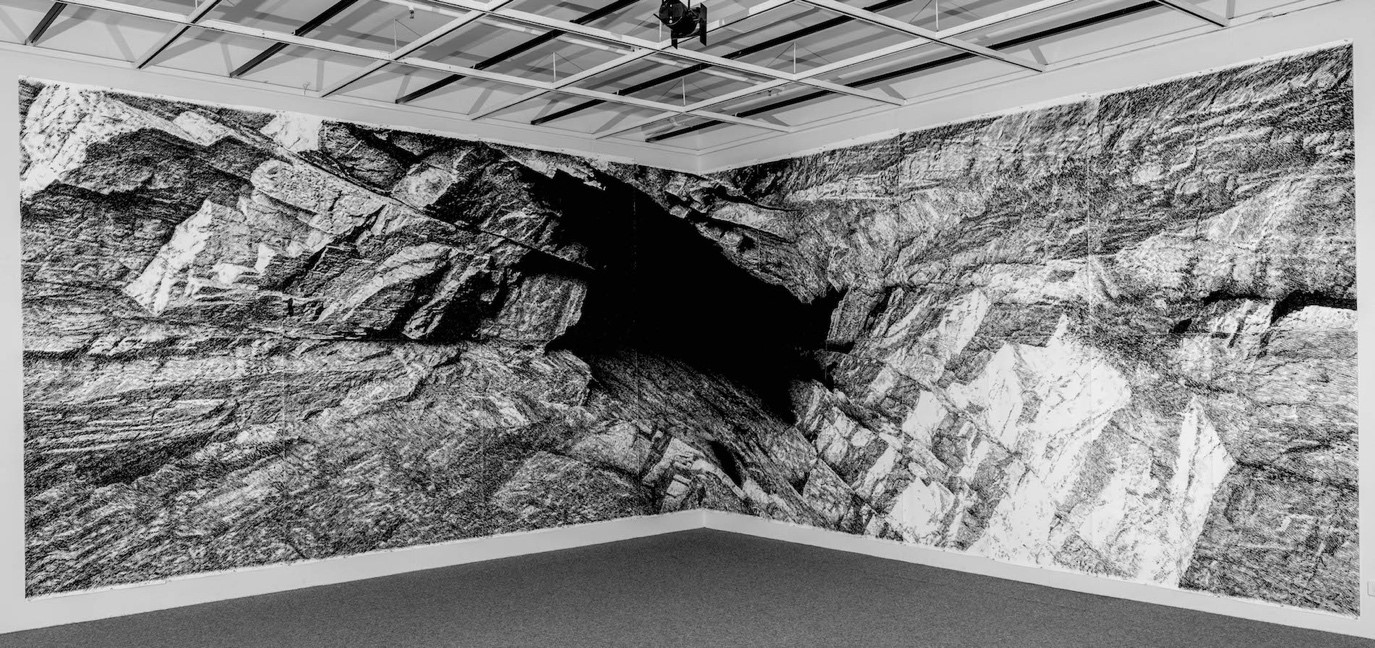
13 December 2019

31 December 2018
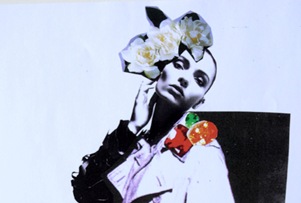
31 December 2017
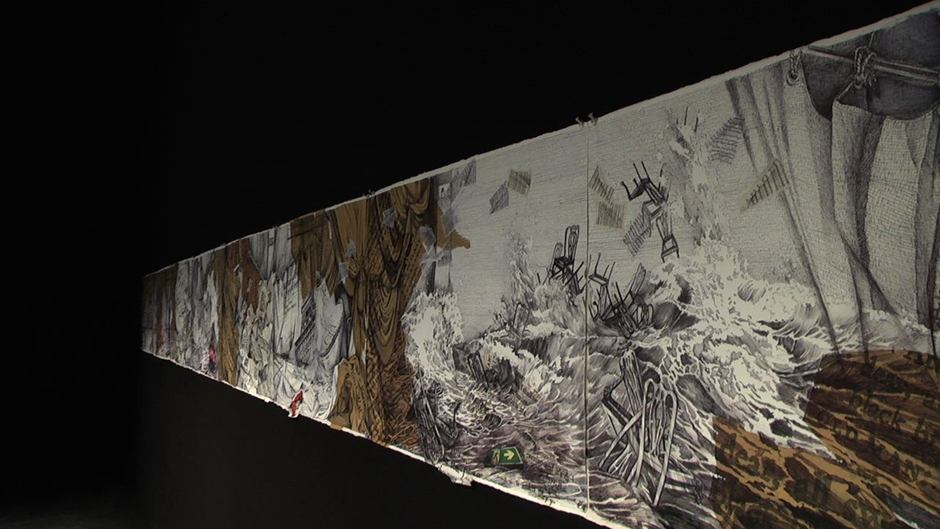
18 July 2016
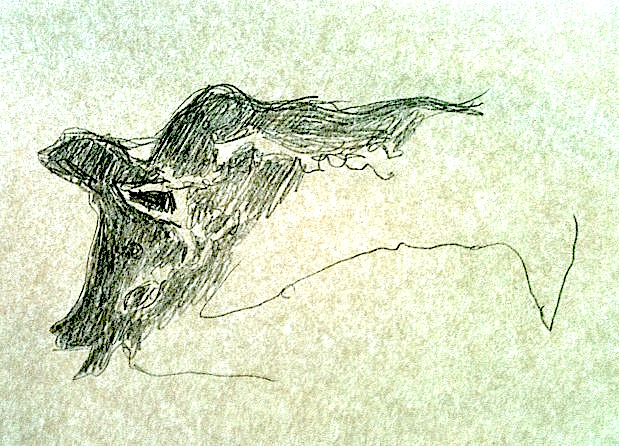
31 December 2016

8 February 2024
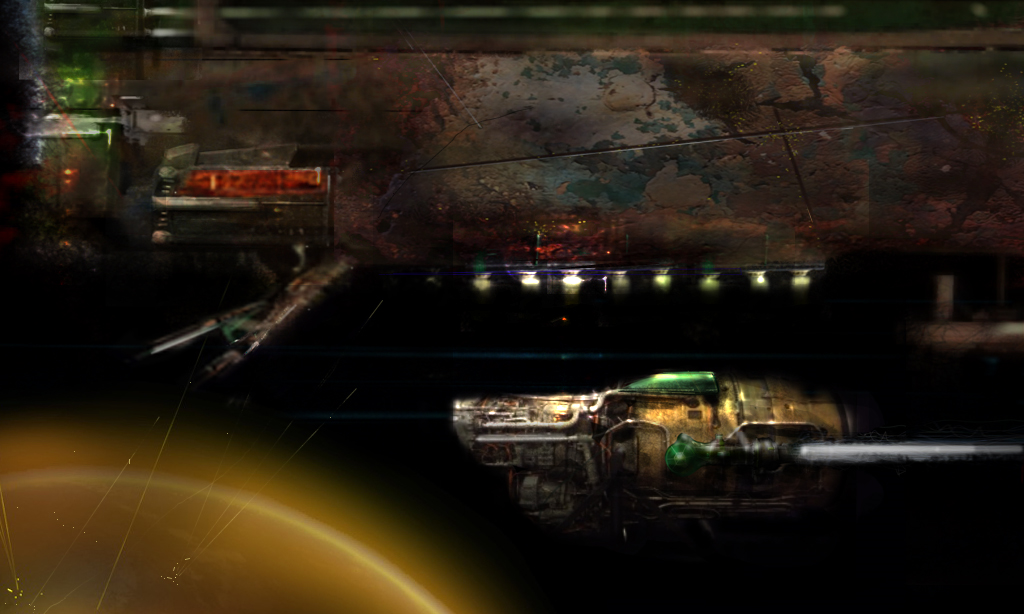
31 December 2014